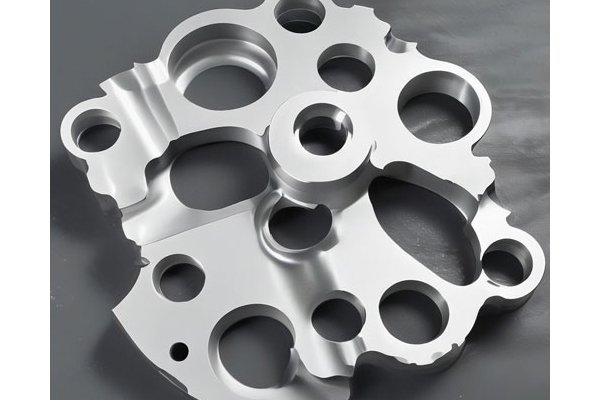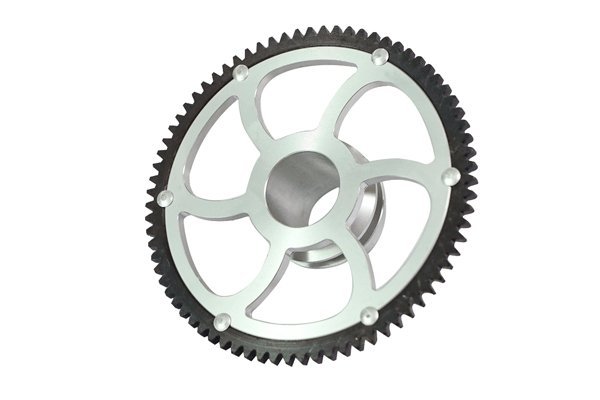Did you know that titanium alloys are becoming increasingly favored in aerospace and automotive applications due to their unparalleled strength-to-weight ratio? In fact, it is estimated that the aerospace sector alone consumes around 40% of all titanium alloys produced globally. However, the challenges associated with CNC machining titanium alloys — particularly in achieving excellent surface roughness — can pose significant hurdles for manufacturers. This article will delve deeply into the intricacies of improving surface roughness in titanium alloy components generated through CNC machining while providing actionable insights for engineers and manufacturers.
Understanding Surface Roughness
Surface roughness is a critical parameter in determining the functionality and aesthetic appeal of machined components. It is defined as the texture of a surface characterized by the presence of irregularities, deviations from the ideal flat surface, and is typically measured in micrometers (µm). For titanium alloys — which are valued for their strength and corrosion resistance — the surface roughness can significantly impact fatigue life, wear resistance, and sealing functionality depending on the application.
Why It Matters
In industries like aerospace or medical devices, where titanium alloy components often operate under extreme conditions, the surface roughness can be a determining factor for failure or success. High-quality surface finishes lead to better performance, longer service life, and lower maintenance costs.
Factors Affecting Surface Roughness in CNC Machining of Titanium Alloys
Before discussing ways to improve surface roughness, it is essential to understand the various factors influencing it during the CNC machining process.
Strategies for Improving Surface Roughness
The first step to improving surface roughness is the optimization of cutting parameters. This involves finding the right balance between spindle speed, feed rate, and depth of cut. By utilizing various empirical formulas or simulation software, you can analyze and identify the best settings for achieving optimal surface quality.
For instance, a lower feed rate coupled with an adequate spindle speed can produce superior surface finishes. It’s often a good idea to perform a series of test cuts to fine-tune these parameters for your specific titanium alloy grade.
The selection of the right cutting tool can markedly influence surface roughness. Hard-coated carbide tools are commonly used for machining titanium. Consider the following:

Using coolants efficiently during machining drastically reduces friction and heat generation, which can both degrade surface quality. Here’s what to consider:
Incorporating advanced techniques into your CNC machining operations can greatly improve surface finish:
If it’s not possible to achieve desired surface roughness during machining, consider post-processing methods:
Testing and Quality Assurance
To ensure that the surface roughness meets required specifications, ongoing testing and quality checks are paramount:
Improving the surface roughness of titanium alloys in CNC machining is not just about achieving aesthetic appeal; it is closely linked to the component’s overall performance and longevity. By focusing on optimizing cutting parameters, selecting suitable tools, implementing effective coolant strategies, utilizing advanced machining techniques, and considering post-processing methods, manufacturers can achieve the desired surface finish.
Investing time and resources into mastering these techniques is fundamental for producing high-quality titanium alloy components. The importance of surface roughness cannot be overstated, particularly in industries that rely on durability and safety. In the competitive landscape of manufacturing, understanding how to enhance surface roughness effectively can lead to better product performance, customer satisfaction, and ultimately business success. As you move forward, remember that the quest for superior surface finishes is a continuous journey of innovation and improvement — one that can pay significant dividends in the long run.






